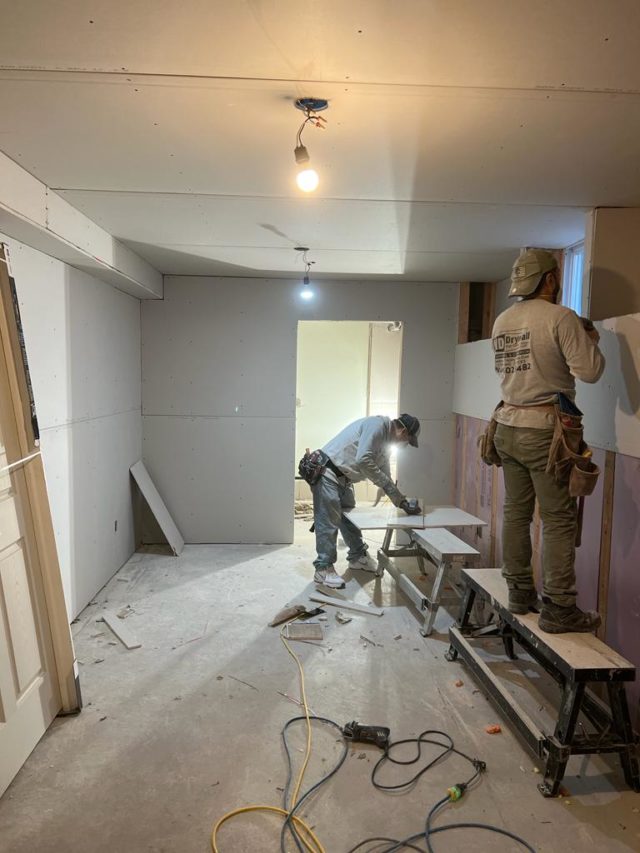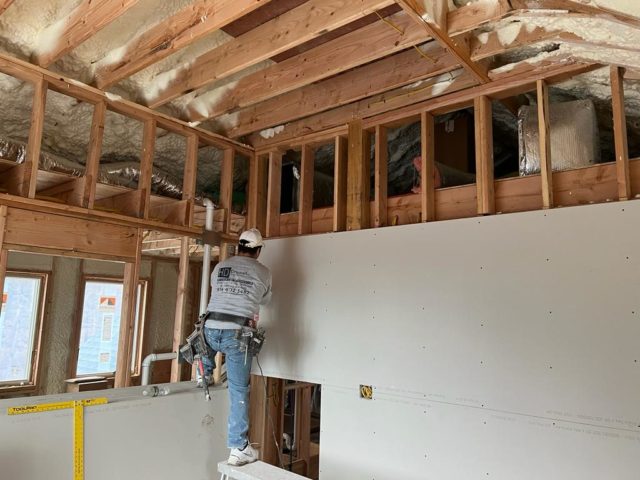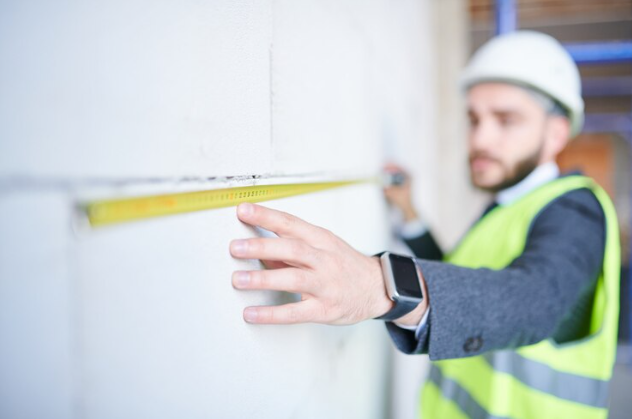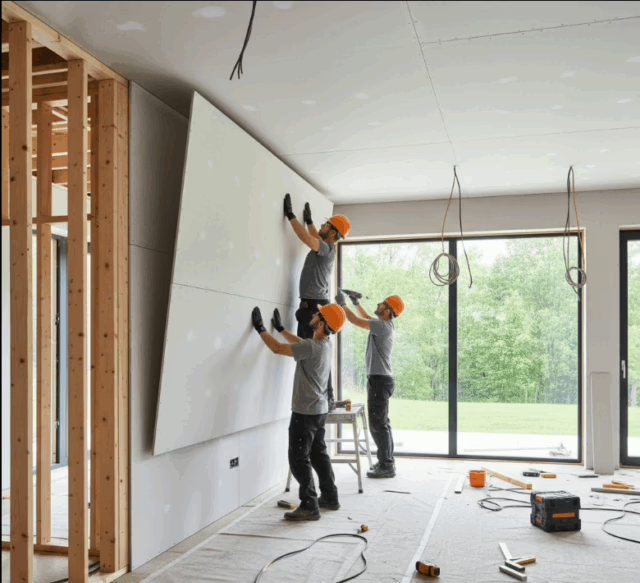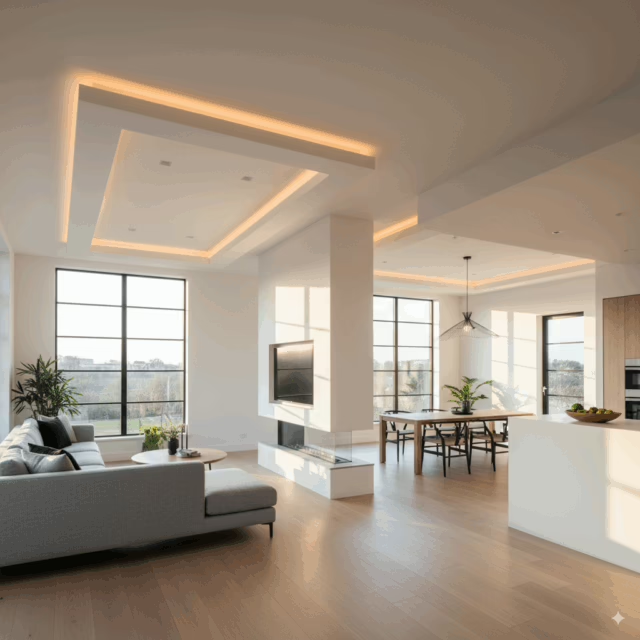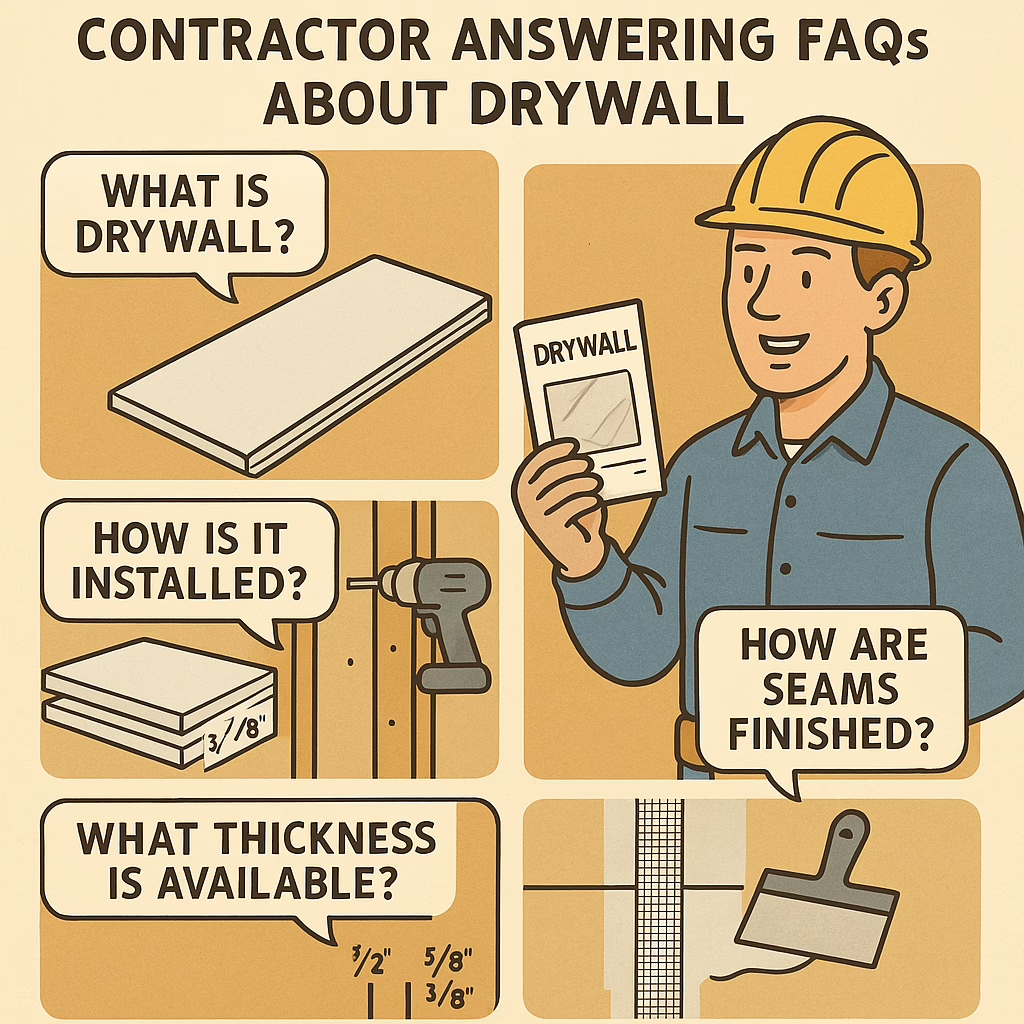If you’re planning a renovation or new build, chances are you’ve come across drywall. But even though it’s a construction staple, many homeowners and builders still have questions about its types, uses, and performance. This guide answers the most common FAQs about drywall, helping you make informed decisions for your project.
Whether you’re wondering about moisture resistance, fire ratings, or best installation practices, this FAQ will give you clear, expert-backed insights.
What Is Drywall and Why Is It So Common?
Drywall, also known as gypsum board or sheetrock, is a panel made of calcium sulfate dihydrate (gypsum) pressed between two sheets of paper. It’s used to construct interior walls and ceilings due to its affordability, versatility, and speed of installation.
Key Benefits of Drywall:
- Cost-effective
- Fire-resistant options available
- Compatible with paint, wallpaper, and textures
- Lightweight and easy to repair
👉 Learn more about our drywall services and installation capabilities.
What Are the Most Common Types of Drywall?
Understanding the different drywall types helps you choose the right material for your environment and purpose.
Popular Types Include FAQs about drywall:
- Standard drywall: Best for general-purpose interior walls
- Green board: Moisture-resistant for humid areas
- Purple board: Combines mold and moisture resistance
- Type X: Fire-resistant for code-compliant construction
- Soundproof drywall: Ideal for reducing noise transmission
- Lightweight drywall: Easier handling with comparable performance
Explore detailed comparisons in our guide on Types of Drywall.
Where Should You Use Drywall?
Drywall works well in nearly all interior spaces, but you should choose the appropriate type for each environment:
- Living rooms and bedrooms: Use standard or lightweight drywall
- Bathrooms and kitchens: Opt for green or purple board
- Garages and basements: Install Type X fire-rated drywall
- Offices or home theaters: Choose soundproof panels for better acoustics
Need help selecting the right product? Contact us for personalized advice.
How Long Does Drywall Last?
When installed and maintained correctly, drywall can last 30–50 years. However, its lifespan may vary depending on:
- Humidity exposure
- Structural movement
- Quality of installation
- Impact damage or water leaks
Regular inspections and prompt repairs will extend its durability.
🛠️ Learn how we ensure long-lasting finishes on our About Us page.
How Do You Maintain and Repair Drywall?
Drywall maintenance is simple and low-cost. Follow these tips:
Basic Care Tips:
- Avoid heavy impacts or furniture scuffs
- Address moisture leaks immediately
- Repaint or retexture as needed
Minor Damage Repairs:
- Small holes or dents: Use patching compound
- Cracks: Apply mesh tape and joint compound
- Water damage: Replace affected panels completely
Want a professional finish? Our team offers fast, flawless repairs—see more here.
Final Thoughts
Drywall remains the backbone of modern construction—but only when used correctly. These FAQs about drywall cover everything from basic definitions to installation best practices and long-term maintenance. Whether you’re renovating a single room or managing a commercial build, understanding drywall’s uses and types ensures your walls will perform as expected.
At HD Drywall, we simplify the process with expert recommendations, quality materials, and professional service every step of the way.
Frequently Asked Questions Recap
1. What is drywall made of?
Drywall is made from gypsum plaster pressed between two sheets of durable paper.
2. What type of drywall should I use in a bathroom?
Use moisture- and mold-resistant drywall like green or purple board.
3. How thick is drywall?
Common thicknesses include 1/4″, 1/2″, and 5/8″, depending on the application and code requirements.
4. Can drywall be used in commercial spaces?
Absolutely. Fire-rated and soundproof drywall types are perfect for commercial construction projects.

